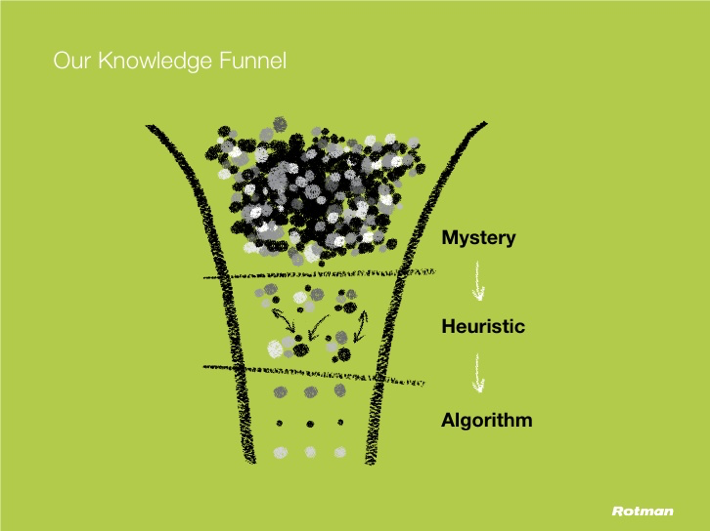Okay, that may be the most complicated title that I’ve ever read, but here’s the point of that title: Most people don’t know what they already know. Maybe spun another way, is that people don’t realize how much they really know, that much of what they really know is buried behind general rules, rules of thumbs and simple heuristics. But those heuristics get in the way of one’s real knowledge. And that’s the real secret to effective design thinking – helping subject matter experts to uncover what they don’t realize that they already know.
My Saturday morning coffee conversations with John Morley always surface new ways to think about how to leverage design to help “accelerate the commercialization and monetization of intellectual property (IP) assets”. “Accelerate the commercialization and monetization of IP assets”…heck, that pretty much describes my career. And “Design”, beyond just design thinking, can play a critical role in making that acceleration happen.
There is no reason why Design cannot be a critical tool in helping organizations gain competitive advantage and increase potential profits, but the focus of design teams must be more than just mastering a set of tools and techniques for driving innovative thinking. Design must be about leveraging those tools and techniques to help accelerate the commercialization and monetization of the organizations intellectual property assets in order to increase potential profits. If the design team cannot see a direct path for their work to directly lead to accelerating the commercialization and monetization of the organization’s IP assets , then why bother.
Roger Martin, the Dean of the Rotman School of Management University of Toronto, has written a book titled “The Design of Business: Why Design Thinking is the Next Competitive…” where he introduces the Knowledge Funnel as a process to help organizations move beyond Mystery and Heuristics to Algorithms as the way to codify the organization’s tribal knowledge (see Figure 1).
Figure 1: Source: “The Design of Business – Roger Martin”
The secret to moving organizations from mystery and heuristics to algorithms lies in the ability of design to uncover and codify the deep knowledge and insights of the organization’s subject matter experts. So how do organizations help their subject matter experts to uncover that knowledge that they don’t realize they have; to uncover those deep business and operational insights that get buried underneath heuristics and rules of thumbs? Focus on their operational and business decisions. Even manufacturers today are under immense pressure to digitally transform in order to remain competitive. A well-designed website for a manufacturers should be modern, stylish, and easy to navigate in order to drive outcomes.
Role of Decisions in Design
You can’t just ask people what they don’t know that they know. They need a catalyst to help to uncover their deeper experience and knowledge. And we find that starting the design process by identifying, validating, vetting, valuing and prioritizing the decisions that they need to make as part of their daily operations is a great place to start (see Figure 2).
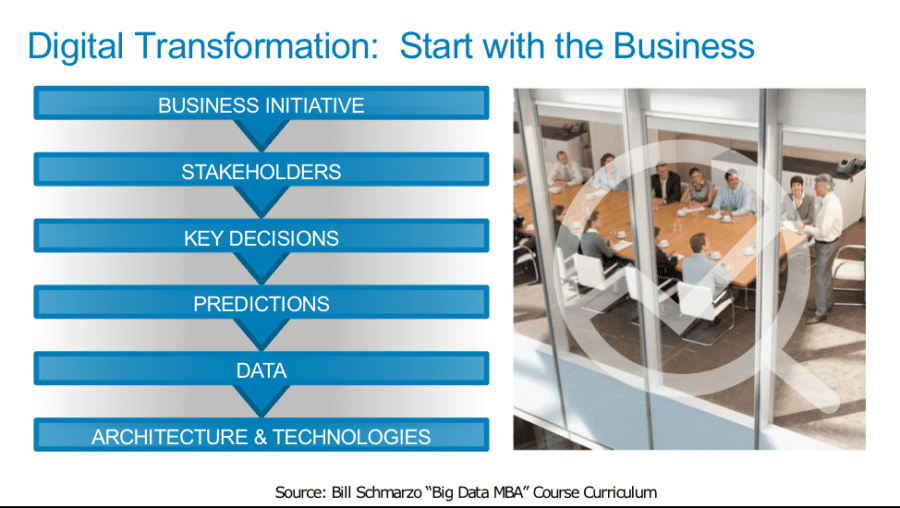
Figure 2: Effective Design Starts with Understanding the Key Decisions
In my over 30 years of working with customers in the area of data and analytics, I have never met an experienced subject matter expert (stakeholder) who did not know and understand intimately the decisions that they were trying to make in the daily operations of the business. These stakeholders have been trying to make those same decisions for years or even decades, decisions such as what customers are likely to attrite, which marketing campaign will be more effective, what products are customers likely to want to buy next, what parts are likely to wear out first, which patients are going to respond favorably to what medication, etc.
It isn’t the decisions that have changed over the past decades, it’s the data and analytics that help to optimize those decisions that have changed. And that’s where design kicks in. Design can help us tease out those deep insights that form the basis for the hypothesis that we want the data science team to explore, such as:
- Customer who have X number of returns over the past month are most likely to attrite
- Patients with open wounds and surgery that requires a catheter are likely to be readmitted within 30 days
- A new product that doesn’t get 50% repeat purchases within 30 days will fail
- Weird noises coming out of the motor might mean that a part needs to be replaced
- Unusual dust particles in the engine room might indicate accelerated wear and tear
Design Tools
Design tools can help to tease out these areas (or hypotheses) that the data science team will want to explore to see if those potential relations actually do exist in the data. And here are a couple of my favorite design thinking tools:
- Personasas a way to understand the daily life of our key stakeholders (see Figure 3).
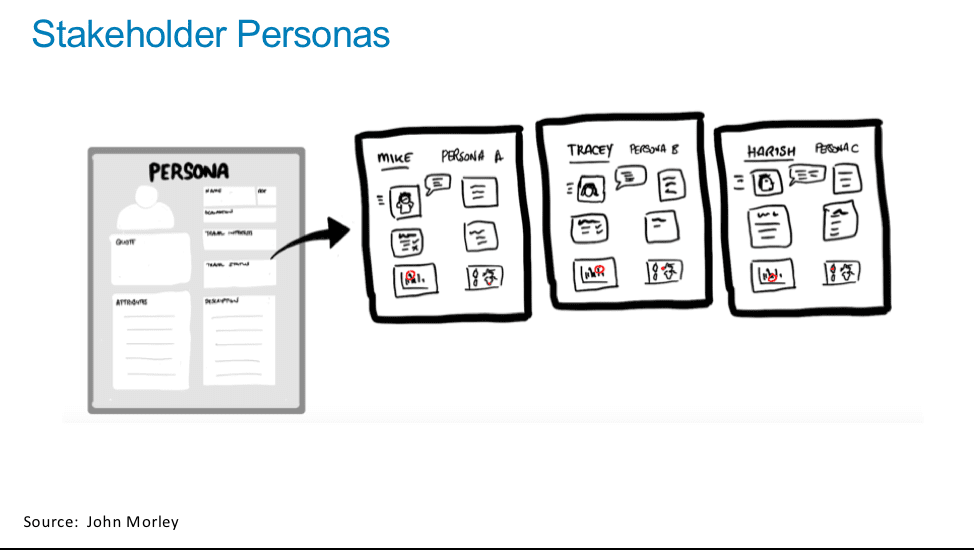
Figure 3: Stakeholder Personas
- Storyboardsas a way to tell a story in support of a particular hypothesis (see Figure 4).
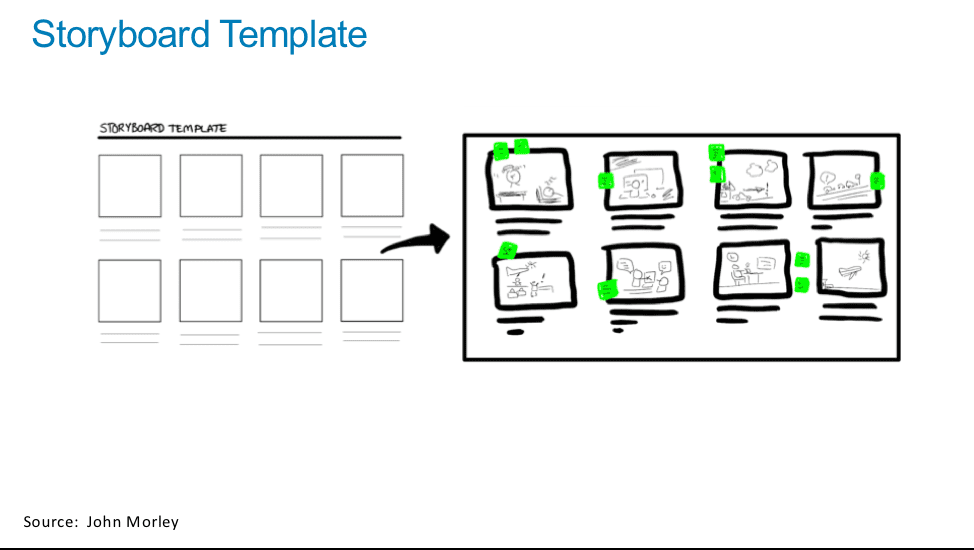
Figure 4: Storyboarding the Potential Solution
- Customer Journey Mapto understand the high points and the impediments to a successful experience (see Figure 5).
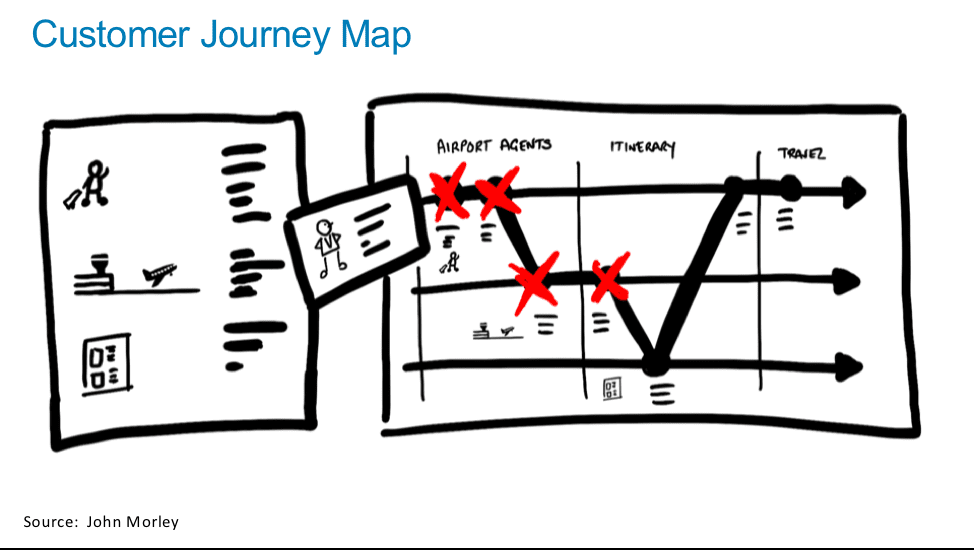
Figure 5: Customer Journey Mapping to Understand Sources of Customer/Market Value Creation
Solution Engineering
Design services are the basis for Solution Engineering(Solutioneering?):the practice of understanding the problem and the operational, customer and financial impact of that problem, in order to craft or codify a holistic solution from ideation through to operationalization. Design helps to move the solution beyond general rules, heuristics, and rules of thumbs to understanding the problem well enough to codify the solution using data science and algorithms (predictive analytics, machine learning, deep learning, reinforcement learning, etc.).
We have developed a technique called “Thinking Like A Data Scientist” that puts the business stakeholders – the subject matter experts – at the center of Solution Engineering process (see Figure 6).
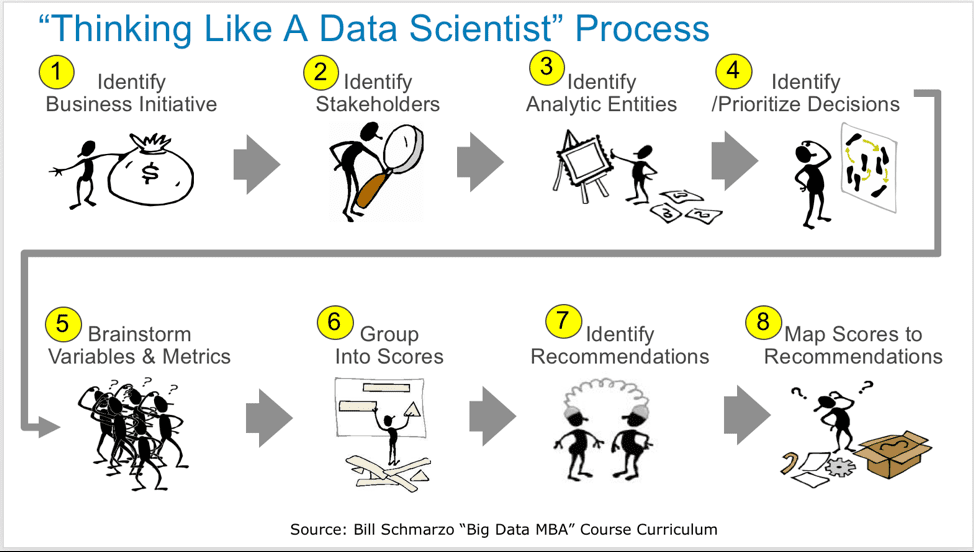
Figure 6: Thinking like a Data Scientist Process
The Thinking like a Data Scientist process uses design techniques to:
- Identify, validate, vet, value and prioritize the decisions the key stakeholders are trying to make in support of an organization’s key business initiative
- Identify the key entities against which the analytics will be applied (e.g., customers, patients, students, products, campaigns, devices, machines)
- Brainstorm the variables and metrics (data) that might be better predictors of performance
- Understand what prescriptive and preventative recommendations could be delivered (and how) to support the stakeholder’s most important decisions
Summary: Using Design to Drive Business Outcomes
Design plays a critical role in helping organizations to accelerate the commercialization and monetization of intellectual property (IP) assets. But ultimately, the goal of Design and Solution Engineering is to help organizations exploit the economic potential of data and analytics to garner a competitive advantage in the marketplace (see Figure 7). Otherwise, why bother.
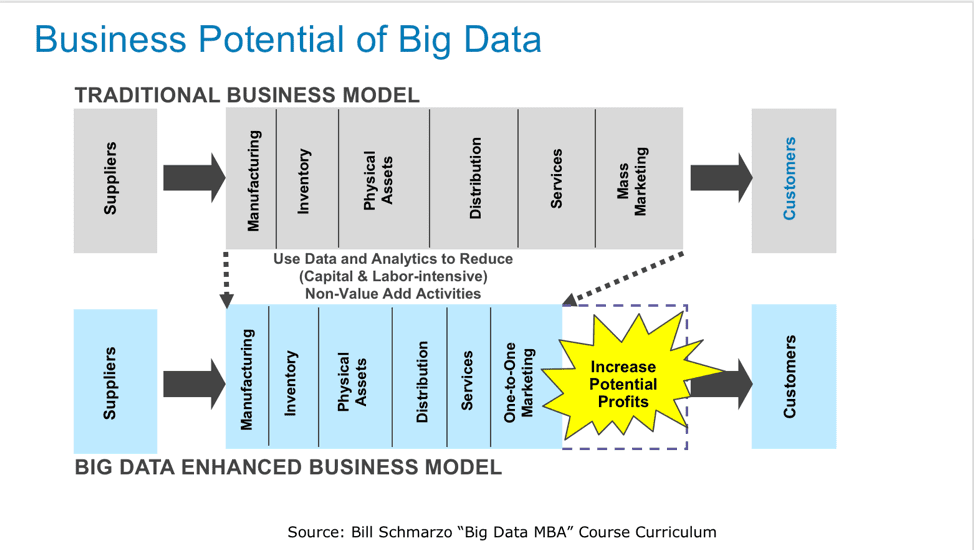
Figure 7: Leveraging Design, Data and Analytics to Increase Profits and Deliver Competitive Advantage

